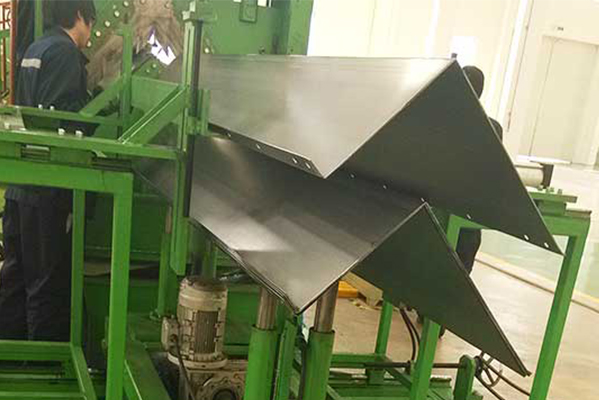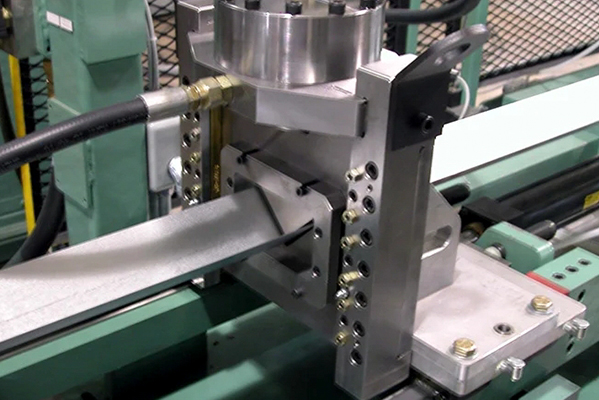Navigation Menu
Contact Us
- Email:
- info@wxavatar.com
- Address:
- Yurong Village, Yuqi Street, Huishan District, Wuxi, China.
Release Date:Jul 26, 2025 Visit:37 Source:Roll Forming Machine Factory
The manufacturing industry continually seeks methods to improve production efficiency while maintaining quality standards. In the realm of steel silo production, roll forming machines play a critical role. This article examines how modular design principles can potentially contribute to enhanced efficiency in steel silo roll forming machines without compromising performance or reliability.

Understanding Modular Design in Manufacturing
Modular design refers to an engineering approach that divides a system into smaller, self-contained units called modules. These modules can be independently created, modified, replaced, or exchanged between different systems. When applied to roll forming machinery for steel silos, modular design offers several practical advantages:
Simplified Maintenance: Individual components can be serviced or replaced without extensive downtime
Adaptability: Machine configurations can be adjusted for different production requirements
Streamlined Upgrades: Specific modules can be enhanced without complete machine overhaul
Application in Steel Silo Roll Forming Machines
For steel silo production, roll forming machines must handle various material thicknesses and panel profiles. Modular design allows for:
Quick changeover between different roll forming configurations
Simplified adjustment of machine parameters for different steel grades
Easier integration of additional features or automation components
Efficiency Improvements Through Modularity
The modular approach contributes to operational efficiency in several ways:
Reduced Setup Times: Pre-configured modules minimize adjustment periods between production runs
Targeted Maintenance: Problematic components can be isolated and addressed more quickly
Flexible Production Capacity: Additional modules can be incorporated to expand capability
Considerations for Implementation
While modular design offers benefits, successful implementation requires:
Careful planning of module interfaces and connections
Standardization of components where appropriate
Training for operators on modular system operation
Proper documentation of module specifications and configurations
Conclusion
Modular design presents a viable approach to enhancing the efficiency of steel silo roll forming machines. By enabling quicker adjustments, simplified maintenance, and flexible configurations, this design philosophy can contribute to improved production workflows. Manufacturers considering this approach should evaluate their specific production requirements and potential return on investment when planning modular implementations.

The adoption of modular principles in roll forming equipment reflects the industry's ongoing evolution toward more adaptable and efficient manufacturing solutions. As production demands continue to vary, the flexibility offered by modular designs may become increasingly valuable for steel silo manufacturers.